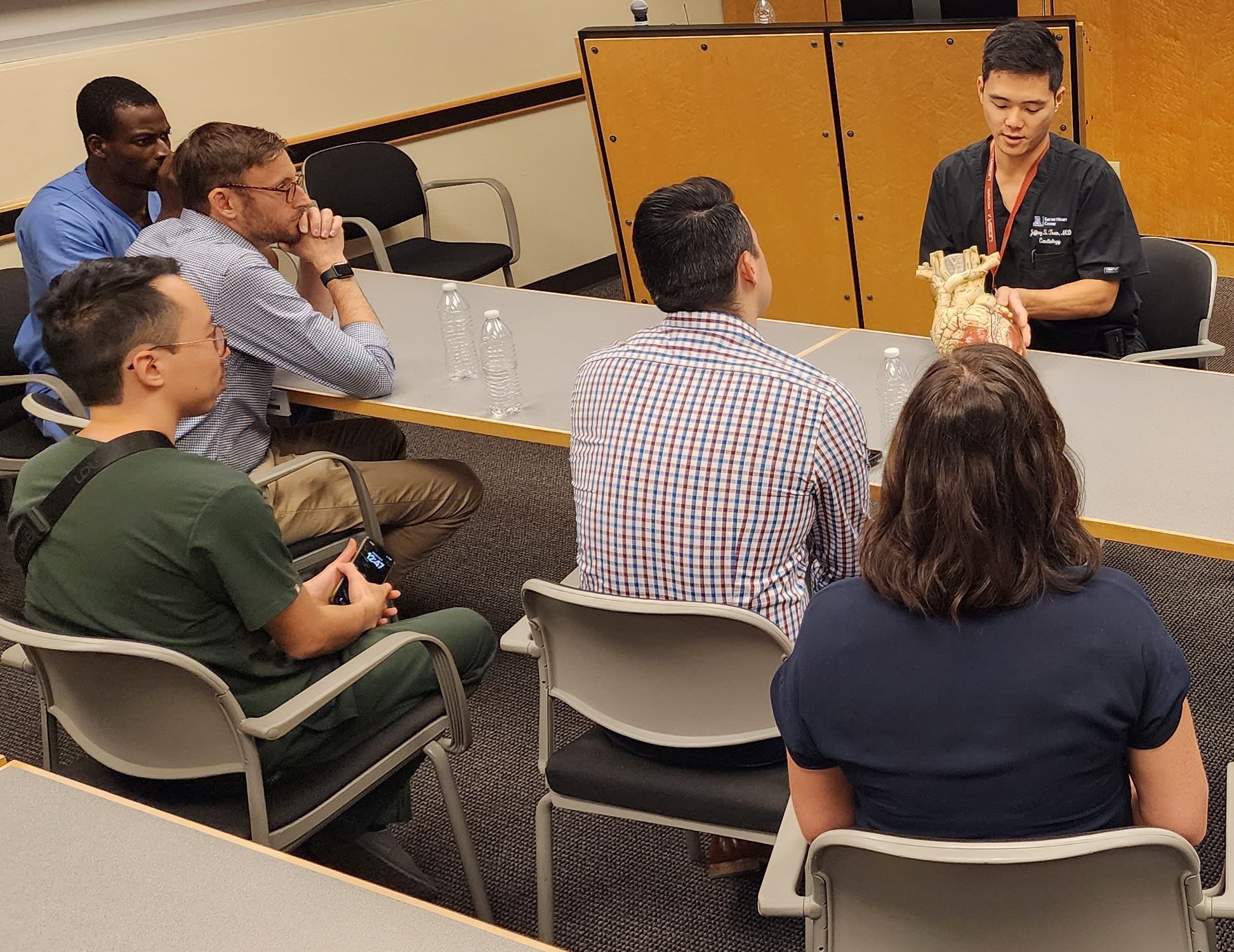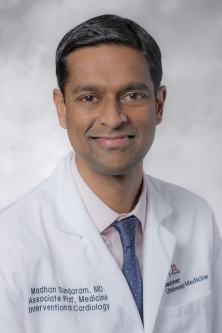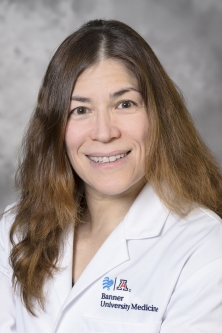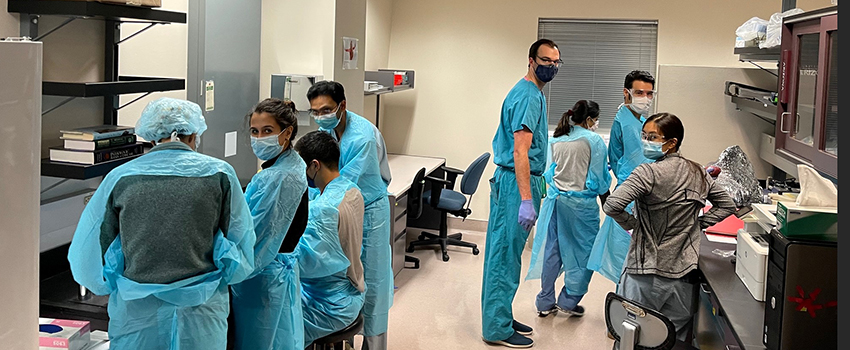Our Cardiovascular Disease Fellowship Program, which was launched in 1971 and certified in 1988, is a three-year program accredited by the ACGME and trains in all disciplines recommended by the American College of Cardiology COCATS. The program is affiliated with the University of Arizona Sarver Heart Center, a center of excellence with over 165 members who are cardiologists, cardiothoracic and vascular surgeons, neurologists, research scientists and numerous other medical specialists.

Our fellows rotate in all cardiology subspecialties at three Tucson hospitals: Banner - University Medical Center - Tucson, Banner - University Medical Center - South Campus, and the Southern Arizona VA Health Care System. Fellows receive training in all aspects of cardiology including advanced imaging, heart failure, transplantation, electrophysiology, congenital heart disease and interventional cardiology. Our program allows the fellow to fulfill the requirements of level II COCATS training in the areas that they wish to emphasize.
We asked current fellows what they were looking for and what they found in our Cardiovascular Disease Fellowship Program. Common themes:
- Friendly colleagues who work hard and have fun together
- Accessible faculty who are national leaders, yet genuinely care about educating cardiology fellows
- Research opportunities, including clinical and population-based studies, and bench research in NIH-funded laboratories
- Diversity of fellows, faculty, patients, heart conditions
- Tucson is a great place to live, offering good food, great outdoor activities, more greenery than expected in a desert, and affordability

MADHAN SHANMUGASUNDARAM, MD
Program Director
msundaram@shc.arizona.edu


You may also email the Sr. Program Coordinator, Christeana Castro, at christeanacastro@arizona.edu for information regarding our program or call 520-626-1232.

Curious About Our 2023 Cardiovascular Disease Fellows?
Read about the 2023 graduating class and faculty and fellow awards.

